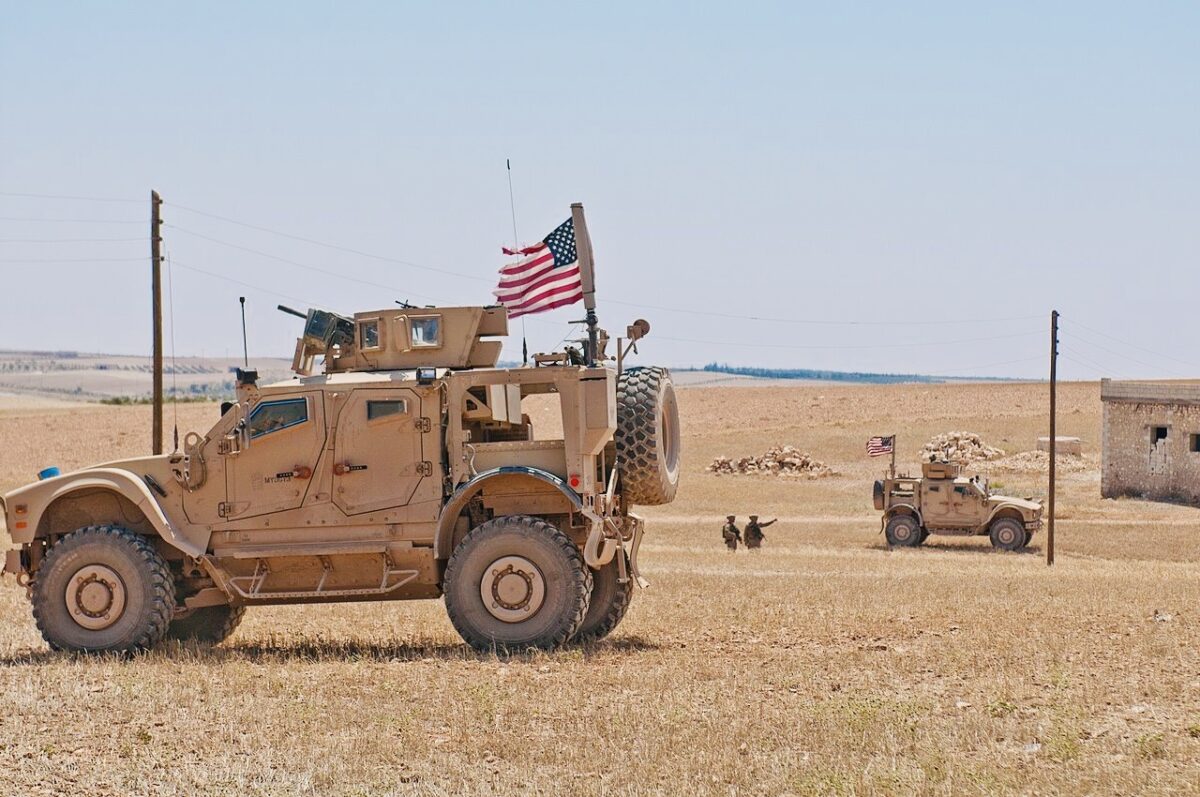It is questionable whether the latest U.S. retaliatory air and missile strikes against pro-Iranian militias in Iraq, Syria and Yemen will curb their aggression. Working in tandem with Iran, their wily puppet master, these surrogates remain undeterred and are hell-bent on launching fresh attacks against American military bases and ships, all in the hope of ejecting U.S. troops from the Middle East and pressuring Israel to end its military offensive in the Gaza Strip.
Some American politicians believe that the U.S. should address this vexing problem by bombing or expanding economic sanctions against Iran, whose president, Ebrahim Raisi, marked the 45th anniversary of the Islamic revolution on February 11 by demanding Israel’s expulsion from the United Nations.
A direct U.S. attack on Iran could be a potentially dangerous exercise, as it might ignite a regional war in the Middle East. Hawkish elements in the Republican Party are in favor of attacking Iran, but this plan of action is vigorously opposed by President Joe Biden, who has his hands full with the current Israel-Hamas war in Gaza.
Judging by the most recent comments of its leaders, Iran, too, has no desire to start or participate in a regional war. Iran prefers to manipulate events from afar and behind the scenes. Its allies, however, rarely show such restraint and are ready to confront the United States.
The Axis of Resistance, an alliance of anti-American militias trained and financed by Iran, has been striking American bases in Syria and Iraq with increasing frequency since the assassination of Qassem Soleimani, the commander of the Quds Force, an arm of Iran’s Islamic Revolutionary Guards Corps. He was killed by a U.S. drone strike in Baghdad in January 2020, and Iran vowed to avenge his death.
Since then, Iran’s allies have bombarded U.S. bases in Iraq and Syria on a fairly regular basis. Their drone and rocket attacks have intensified since October 7, the day Hamas terrorists stormed a string of communities and army bases in southern Israel. By all accounts, there have been about 170 such attacks in the past four months.
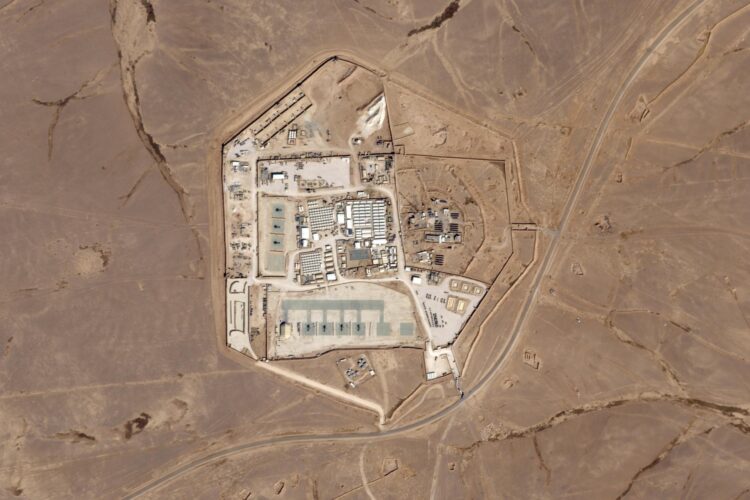
Until very recently, the Biden administration responded with calibrated and proportionate retaliatory strikes that had no real effect. But after an Iraqi militia drone strike killed three U.S. soldiers on January 28 at the Tower 22 base in Jordan, near the Syrian and Iraqi borders, Washington switched gears.
Biden pledged to “hold all those responsible to account at a time and in a manner of our choosing.” Secretary of State Antony Blinken said, “We will respond decisively to any aggression … That response could be multi-levelled, come in stages and be sustained over time.”
Buoyed by the stronger U.S. reaction, hawkish Republicans from Senator Lindsey Graham on down urged Biden to hit Iran, the head of the snake. “Hit them hard,” he said.
The heated rhetoric emanating Washington intimidated at least one pro-Iranian militia. On January, 30, Kata’ib Hezbollah announced the suspension of all military operations against the United States, saying its announcement was intended to spare the Iraqi government “embarrassment.”
Kata’ib Hezbollah’s decision had no effect whatsoever on the other pro-Iranian militias in Iraq and Syria or on U.S. policy.
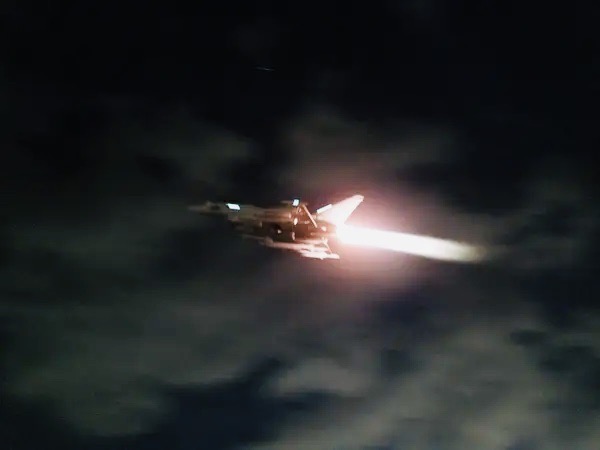
On February 2, just days after Biden telegraphed his intention to retaliate on a far more massive scale, U.S. and British aircraft struck four sites in Syria and three in Iraq in a 30-minute raid that resulted in the deaths of 39 people, 16 in Iraq and 23 in Syria. The targets included weapons depots, ammunition bunkers, command hubs and intelligence centers.
The following day, U.S. air strikes hit 36 Houthi targets in Yemen.
General Patrick Ryder, the Pentagon’s press secretary, described the reprisals as the opening salvo of a concerted campaign to degrade enemy capabilities. “There will be additional actions taken,” he said. He added that the United States does not “seek conflict in the Middle East or anywhere else, but attacks on American forces will not be tolerated.”
Since then, the U.S. has repeatedly struck its enemies in Iraq, Syria and Yemen, prompting an Iranian Foreign Ministry official to accuse the United States and Britain of “stoking chaos, disorder, insecurity and instability” in the area and an Iraqi government spokesman to warn that the U.S. places Iraq’s security and that of the region “on the edge of the abyss.”
Predictably enough, Syrian and Iraqi militias have hit back, firing rockets at U.S. outposts in Syria and Iraq.
On February 4, a drone launched by the Islamic Resistance in Iraq struck a U.S. base in northeastern Syria, killing seven Kurdish fighters affiliated with the Syrian Democratic Forces, an American ally.
The Houthis, having attacked commercial vessels in the Red Sea and the Gulf of Aden in support of Hamas, warned they would “meet escalation with escalation.”
This is precisely what has happened in the past ten days. Most recently, the Houthis fired two missiles at the Star Iris, a Marshall Islands-flagged, Greek-operated ship bound for Bandar Khomeini, a port in Iran, causing minor damage but no injuries to its crew. It is not clear why the Houthis fired at an Iranian vessel.
On February 6, days after U.S. drones killed a Kata’ib Hezbollah leader in Baghdad, several Iranian-backed Iraqi militias announced plans to continue attacking U.S. forces in the Middle East.
Harakat Hezbollah al Nujaba declared that the “resistance” is working to expel American troops, who are stationed in Iraq at the invitation of the Iraqi government. Ashab al Kahf, a militia aligned with Harakat Hezbollah al Nujaba, warned that it will apply “extreme force” on the United States to withdraw from Iraq and end its support for Israel’s offensive in the Gaza Strip.
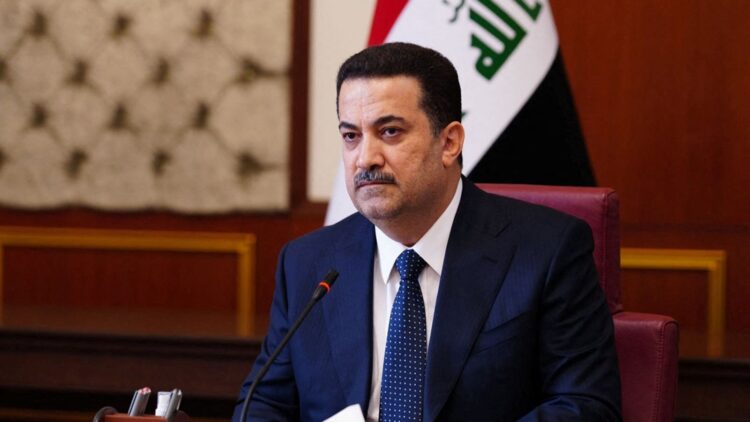
Iraqi Prime Minister Mohammed Shi’a Al-Sudani, having called on all militias to deescalate, has urged the U.S. to pull out of Iraq. The acting speaker of Iraq’s parliament, Mohsen al- Mandalawi, has asked the federal government to expel “all foreign forces” from Iraq. Pro-Iranian politicians in Iraq have supported this motion.
There are 2,500 American soldiers in Iraq, tasked with the missions of training Iraqi military forces and defending Iraq from attacks by remnants of Islamic State.
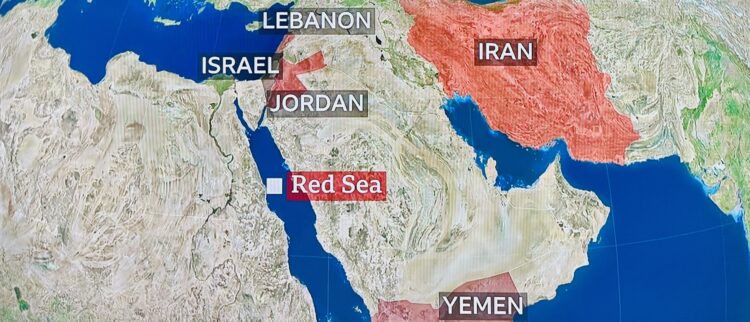
The rest of the U.S. expeditionary force in the Middle East is widely scattered. There are 900 troops in Syria, 2,900 in Jordan, 13,500 in Kuwait, 9,000 in Bahrain, 8,000 in Qatar, 3,500 in the United Arab Emirates, 2,700 in Saudi Arabia, 1,800 in Turkey, and an unknown number in Israel.
Iran and its proxies want them gone, knowing that Iranian influence in the region will increase if the U.S. pulls out of Iraq and Syria and the rest of the region. But this scenario is unlikely to materialize as long as Iran and its allies threaten Israel and the Middle East is convulsed by chaos and uncertainty.
